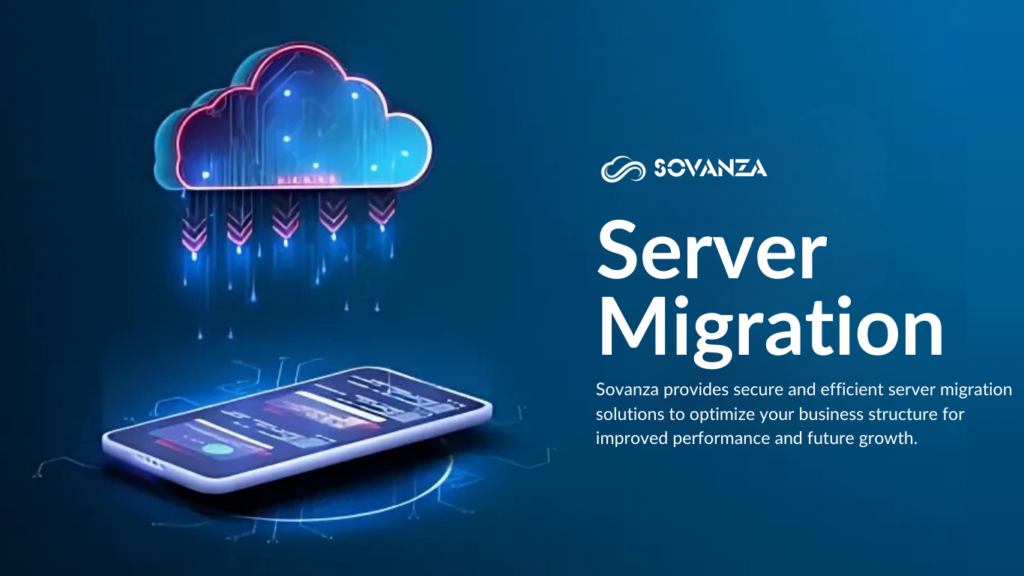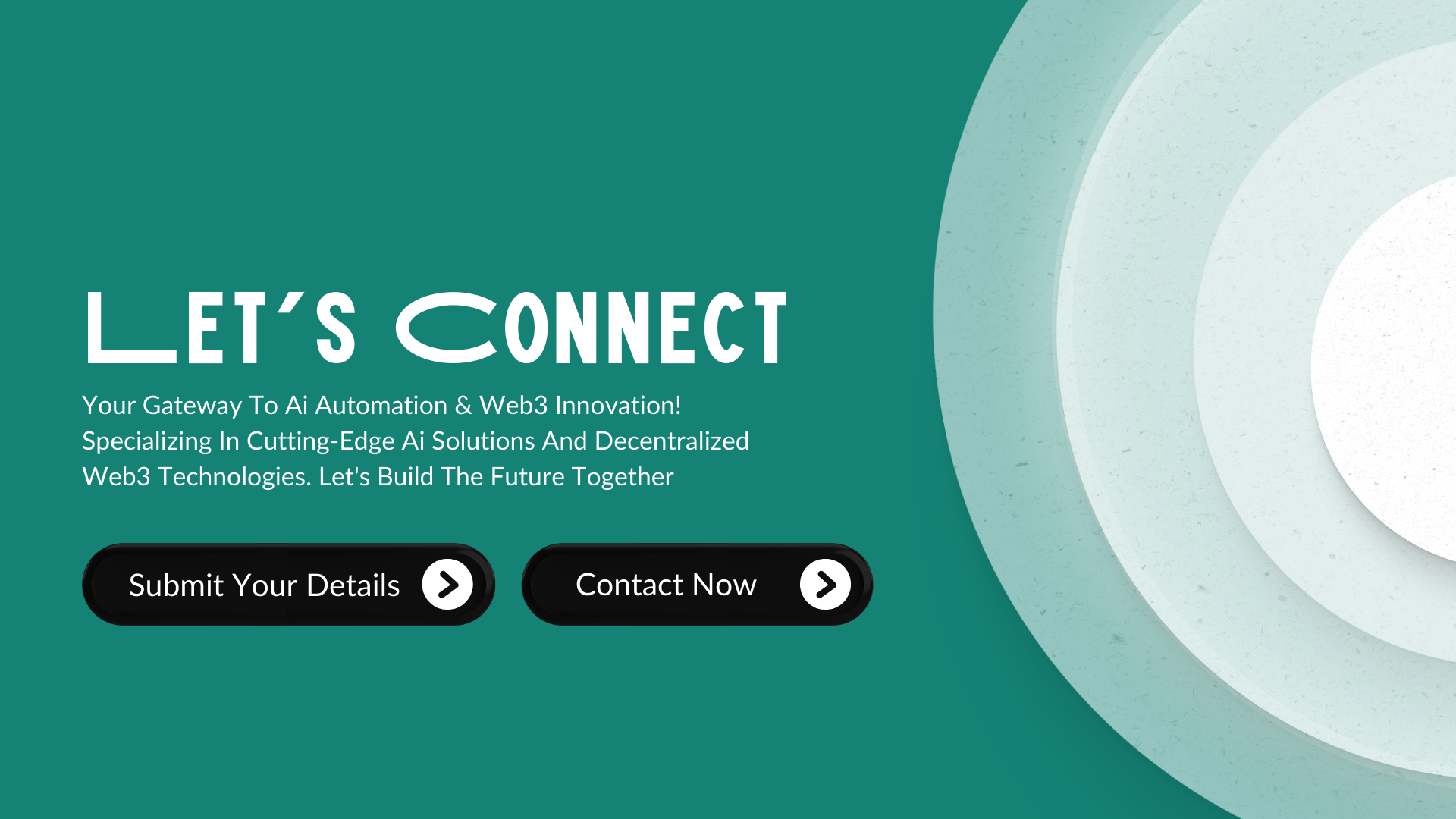
Introduction
Server migration is essential for companies wishing to change environments, enhance performance, or upgrade their infrastructure. A well-executed migration guarantees a smooth transition with little downtime, whether moving from physical servers to virtualized settings or just moving data between various hosting providers. As businesses in the USA rely more on flexible IT infrastructures, server migration becomes essential.
Sovanza helps companies migrate to efficient, secure server solutions, boosting performance, enhancing security, and enabling future scalability. Our specialty is helping companies with every phase of the migration procedure. Our knowledgeable staff ensures your move is smooth, effective, and customized to your requirements. We assist companies in the USA with smooth transitions, eliminating interruptions and maximizing performance, whether updating their infrastructure, moving to the cloud, or consolidating servers.
What is Server Migration?
Server migration involves moving your website, data, applications, and all related configurations from one server to another. It could involve shifting from physical servers to virtual ones, moving to cloud hosting, or switching between different hosting providers.
Why is Server Migration Important?
Server migration is more than just a technical task; it is a strategic choice that can greatly improve your system’s performance, security, and scalability. It’s essential for businesses looking to expand, enhance their framework, or reduce operational costs.
Types of Server Migration
Server migration helps businesses upgrade, scale, or transition to new environments, ensuring smooth operations and minimal downtime. Here’s a brief overview of the key types and their benefits:
Physical to Virtual Migration (P2V)
Information and applications are transferred from a physical server to a virtual environment for improved flexibility and resource efficiency. This approach lowers reliance on hardware, streamlines server administration, and improves scalability, resulting in lasting cost reductions.
Cloud Migration
Data, applications, and workloads are migrated to cloud infrastructure for greater scalability, remote access, and cost-effectiveness. Cloud migration enables companies to utilize flexible cloud resources, worldwide access, and better disaster recovery, minimizing the requirement for on-premises hardware upkeep and boosting performance.
Data Migration
Shifting data between servers while maintaining application integrity is essential for upgrading storage solutions or consolidating databases. It helps businesses improve data management, move to advanced platforms, and ensure minimal disruption. It also maintains high levels of data security during the migration process.
Key Benefits of Server Migration
When done correctly, server migration offers several benefits, which are crucial for businesses to stay competitive in today’s fast-paced tech landscape.
Cost Efficiency
An effective migration can help you save a lot of money over time. By transitioning to more efficient servers, companies can decrease energy expenses, cut hardware maintenance costs, and lessen the necessity for continuous system upgrades.
Improved Performance
Migrating to a new server typically improves performance. Whether moving to a more robust physical server or upgrading to a cloud-based infrastructure, better resources mean smoother operations for your business.
Enhanced Security
Security is a top priority for any business. During a migration, you can implement stronger security protocols, enhance encryption methods, and protect against vulnerabilities. A new server setup can also include patches for outdated software.
Scalability
As your business grows, so do your infrastructure needs. Server migration ensures your systems can quickly scale up to accommodate higher traffic volumes, more extensive data storage, and new services.
Tools and Resources for Server Migration
There are a variety of tools and services that can make the server migration process easier and more efficient.
Server Migration Tools
Many software tools automate parts of the migration process. Some popular options include rsync, Clonezilla, and Acronis, which help streamline data transfer and server setup.
Manual vs. Automated Migration
You can opt for a manual server migration or use an automated tool. Manual migrations may be more time-consuming but allow for more customization and control. Automated tools, on the other hand, are faster and more efficient but may lack the flexibility required for complex setups.
Choosing the Right Migration Service
Sometimes, partnering with a professional migration service can save you time and headaches. Many managed IT service providers specialize in server migration and can handle everything from pre-migration planning to post-migration support.
How to Prepare for Server Migration
Before you begin the server migration process, proper planning is key. Here’s how you can prepare.
Assessing Your Current Server Environment
Start by thoroughly understanding your current server setup. What software is running on the server? What kind of hardware do you have? Are there any performance bottlenecks? This information will help you make informed decisions during migration.
Identifying Potential Issues
Is there any old or unsupported software that could cause compatibility issues? Are there security vulnerabilities? To minimize disruptions, identify and address potential problems before migrating.
Choosing the Right Hosting Provider
Choosing the appropriate hosting provider can significantly impact the outcome of your server migration. Seek out vendors with an impressive history in servers and a reliable support team to assist you in resolving any problems.
Why Choose Sovanza for Server Migration in the USA?
Sovanza is the trusted partner for businesses in the USA looking for seamless and efficient server migration. Here’sHere’s why we stand out:
Expertise and Experience
With years of practical experience in server migration, our team comprehends the intricacies of different environments. Whether transitioning from physical servers, shifting to the cloud, or consolidating data, we have effectively handled migrations in various industries, guaranteeing minimal interruption to business functions.
Tailored Solutions for Your Business
At Sovanza, we recognize that each business is unique. We provide customized migration plans aligned with your needs and goals. We assess your infrastructure, understand your challenges, and design a solution that optimizes performance and cost-efficiency.
Seamless Migration with Minimal Downtime
We understand the importance of uptime for your company. Sovanza’s migration procedure is crafted to ensure minimal disruption, allowing your operations to run seamlessly during the transition. Our team applies leading industry standards to guarantee a fast, dependable migration without service disruptions.
Step-by-Step Server Migration Process
Pre-Migration Planning
The first step in server migration is planning. It includes assessing your business needs and choosing the right hosting solution. At Sovanza, we’ll evaluate your current infrastructure to ensure that we select the best solution for your needs.
Backup and Data Preservation
Before the migration begins, we ensure your data is backed up to prevent potential loss. It is a crucial step to ensure that your business information remains safe.
Migration Execution
During this phase, Sovanza moves all your data and applications to the new server. Our team follows industry best practices to ensure everything runs smoothly and efficiently, minimizing downtime and providing a seamless transition.
Post-Migration Testing and Monitoring
Once the migration is complete, we perform extensive testing to ensure everything works as expected. We also monitor the server to address any issues that may arise post-migration.
How to Get Started with Sovanza
Getting started with Sovanza is simple! Our team will assist you at each stage. We start with a meeting to assess your requirements and develop a personalized migration strategy. After approval, we will carry out the server migration seamlessly, reducing downtime and guaranteeing the safe transfer of your data. Subsequently, we offer continuous assistance to enhance performance and address any issues. Sovanza ensures your server migration is effortless, effective, and trouble-free, providing a seamless transition for your business.
Conclusion
Server migration is essential for businesses to remain competitive and adjust to technological progress. By employing the appropriate strategies, businesses can upgrade their infrastructure, lower operational expenses, and boost overall efficiency. Sovanza focuses on facilitating these transitions seamlessly, guaranteeing that your systems are enhanced and prepared for future expansion.
By selecting Sovanza, you are opting for a reliable partner equipped with the knowledge to assist you throughout your entire migration process. Our committed team will manage everything from beginning to end, guaranteeing minimal disruption and optimal efficiency. Contact us today, and together, we can ensure your server migration is smooth and successful.
FAQs
1. What types of server migration do you offer?
We focus on physical-to-virtual migration (P2V), cloud transitions, and data migration customized to meet your business requirements
2. How does Sovanza ensure minimal downtime during migration?
Our expert team precisely plans and executes the migration, using best practices to ensure your operations stay up and running.
3. Is my data secure during migration?
Indeed, we emphasize data security and guarantee that all your information is backed up and encrypted throughout the migration process to safeguard it against possible loss or breaches.
4. How long does the server migration process take?
Your unique requirements and the intricacy of your setup influence the schedule. We collaborate with you to establish achievable expectations and guarantee a quick migration.
5. How do I get started with Sovanza?
Contact us for a consultation. Our team will evaluate your requirements and create a tailored migration strategy that aligns with your business objectives.

